10 years on: the 2011 Great East Japan Earthquake and Tsunami
In remembrance, Prof David Tappin discusses the importance of tsunami anniversaries
11/03/2021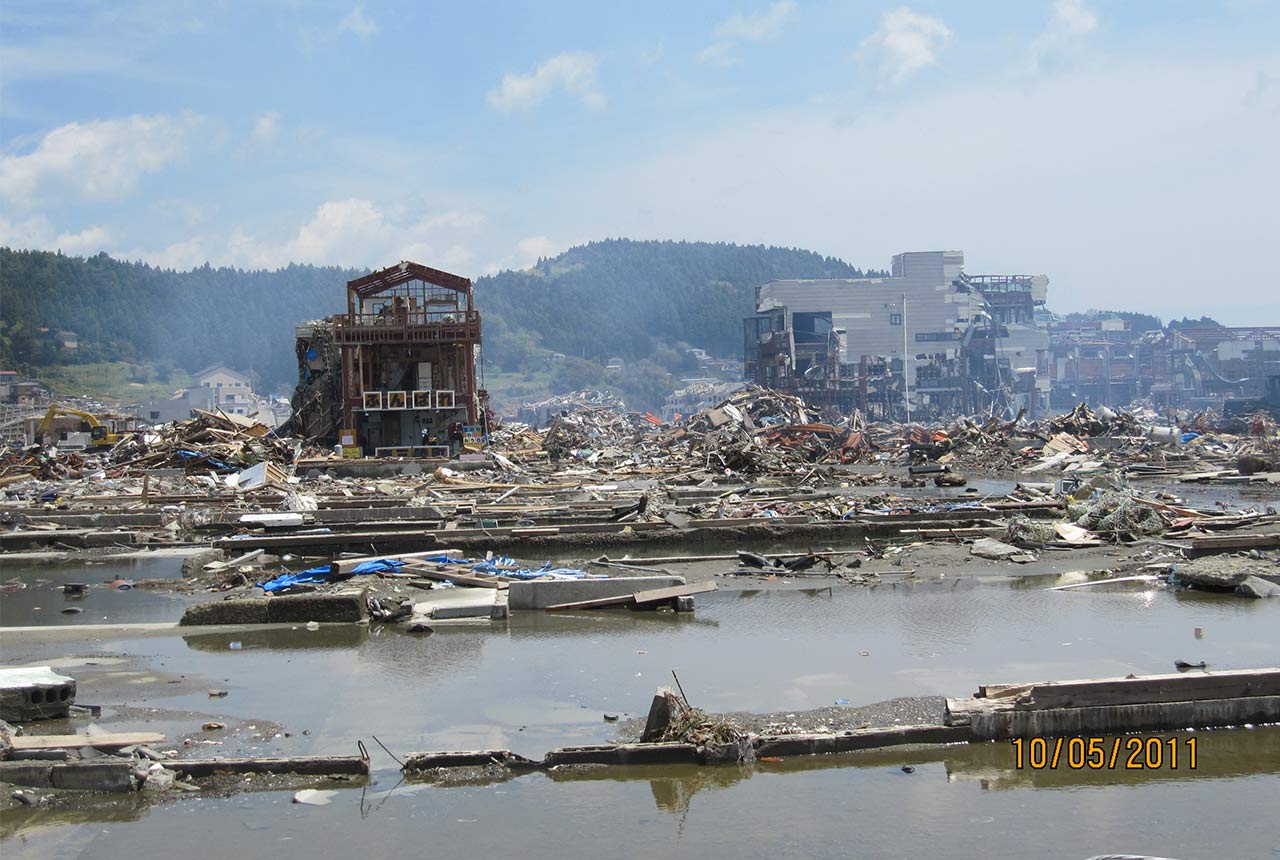
It is a time for remembrance; on the 11th March 2011 at 2.46 in the afternoon, a 9.1 magnitude earthquake off the east coast of Honshu Island, Japan caused a tsunami up to 40 metres high that flooded local coastlines, causing over 18,500 fatalities and over 280 billion dollars’ worth of damage. This was the most recent devastating tsunami, and its magnitude was a major surprise. Seven years previously, in 2004, in the Indian Ocean, another surprise earthquake generated tsunami resulted in over 220,000 deaths. Afterward, there was still some uncertainty over where these events would strike, and Japan demonstrated that the hazard was global but, also, that their mechanisms (earthquake or submarine landslide) might not be as clear cut as first observations might suggest.
Over the past 20 years there have been a number of devastating tsunamis, which suggests that we are living in the ‘Age of Tsunamis’. Perhaps the first of these important recent events was in 1998, in Papua New Guinea, where 2,200 people died in tsunami up to 15 metres high. Here the earthquake magnitude 7.1 was too small to explain the tsunami height, and for the first time, a submarine sediment failure, termed a slump was proved to explain the tsunami. At that time submarine landslides were not considered effective at causing hazardous tsunamis; and the landslide was identified by new technology available to map the seabed, with the surveys mainly funded by Japan. Six years after the Papua New Guinea tsunami, in December 2004 over 220,000 people died in the devastating tsunami that struck the eastern Indian Ocean. Then in March 2011 the Japan tsunami struck. Here, although the earthquake generated most of the tsunami along the low-lying Sendai Plain, the very high, up to 40 metre elevations, father north along the ‘Sanriku’ coast have been proposed as being from a secondary, submarine landslide. This is still not completely certain, but without the Papua New Guinea tsunami of 1998, it would have been an impossible idea.
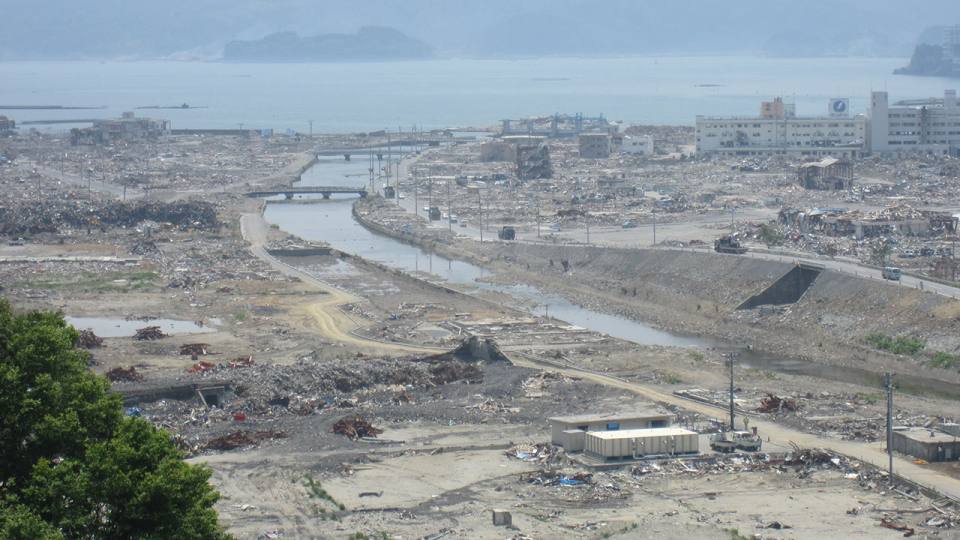
May 2011 – overview of tsunami damage in Minamisanriku, North Honshu Island. Source: © David Tappin / BGS
The tsunami events of 1998, 2004 and 2011 were catastrophic, with many hundreds of thousands of fatalities, but they all resulted in improved understandings of tsunami mechanisms and tsunami hazard which led to improved mitigation; there are now tsunami warning systems in all the world’s major oceans, whereas in 2004, only the Pacific was covered. The recent earthquake event in New Zealand testifies to the importance of these global warning systems; here there was no dangerous tsunami, but if there had been many lives would have saved.
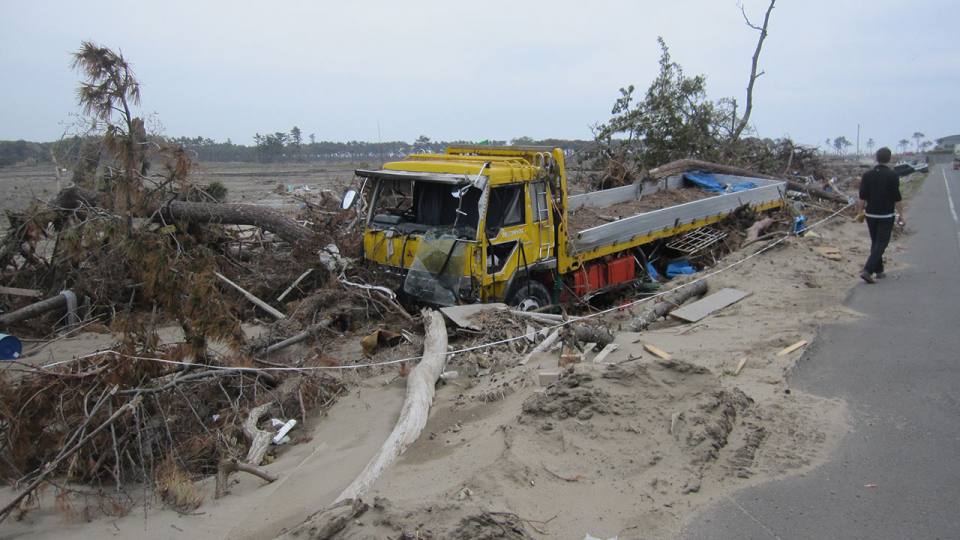
Tsunami 2011 damage on the Sendai Plain. Source: © David Tappin / BGS
Our knowledge base today, to plan and respond to tsunamis is far beyond anything considered possible 20 years ago. The result is that all the major ocean basins have warning systems. Devastating tsunami events are, fortunately, quite rare, but not impossible. In this context rather than letting time subdue our memories of these devastating events, anniversaries are important, both in remembering and honouring those who died and suffered in them, but also in reminding us that they will happen again in the future, and when they do we will be aware and prepared. Today’s anniversary of the Japan 2011 tsunami is critically important in this respect.
References:
Tappin, D.R., Evans, H.M., Jordan, C.J., Richmond, B., Sugawara, D., Goto, K., 2012. Coastal changes in the Sendai area from the impact of the 2011 Tōhoku-oki tsunami: Interpretations of time series satellite images, helicopter-borne video footage and field observations. Sedimentary Geology 282, 151-174.
Tappin, D.R., Grilli, S.T., Harris, J.C., Geller, R.J., Masterlark, T., Kirby, J.T., Shi, F., Ma, G., Thingbaijam, K.K.S., Mai, P.M., 2014. Did a submarine landslide contribute to the 2011 Tohoku tsunami? Marine Geology 357, 344-361
David Tappin is a BGS scientist, and Visiting Professor at University College, London, who has researched tsunamis for over 20 years, including those in Papua New Guinea, the Indian Ocean and Indonesia. After the Japan 2011 tsunami struck, he participated in a number of post-tsunami field surveys in Japan and published on the possibility that the tsunami was in part caused by a submarine landslide. Most recently he has researched the Indonesian tsunamis of 2018 in Palu, Sulawesi and the Sunda Strait.
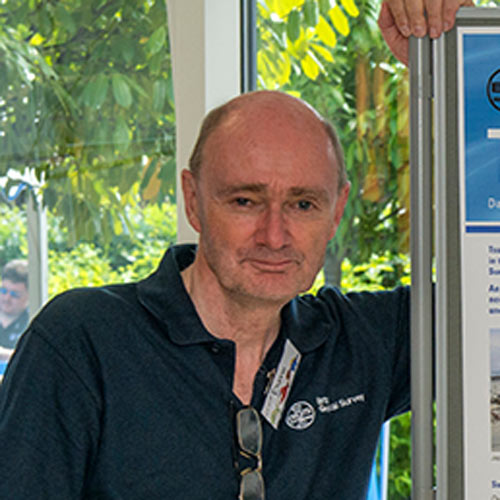
Prof David Tappin
Principal researcher
Relative topics
Latest news
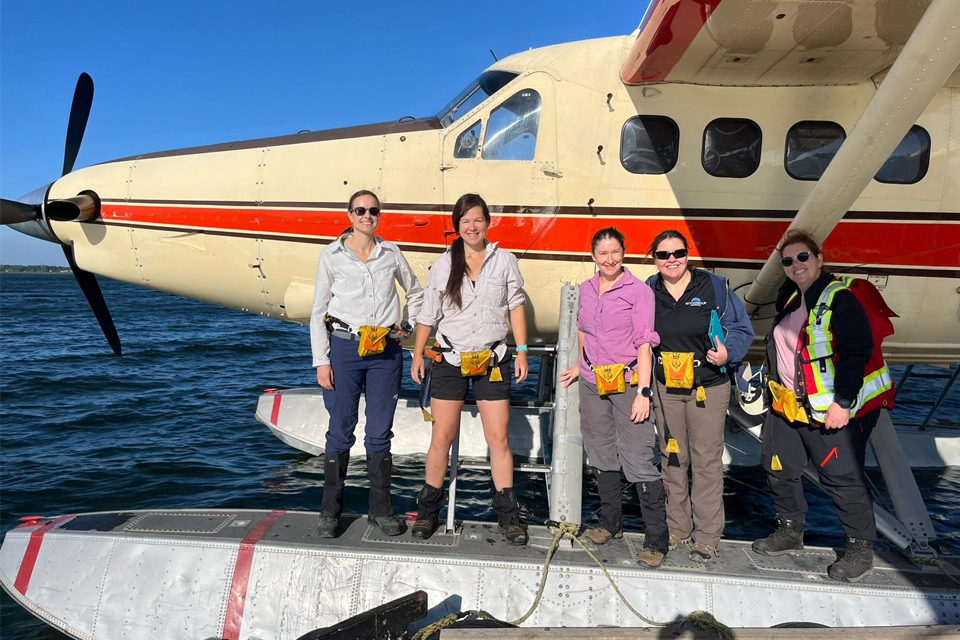
Funding awarded to UK/Canadian critical mineral research projects
08/07/2025
BGS is part of a groundbreaking science partnership aiming to improve critical minerals mining and supply chains.
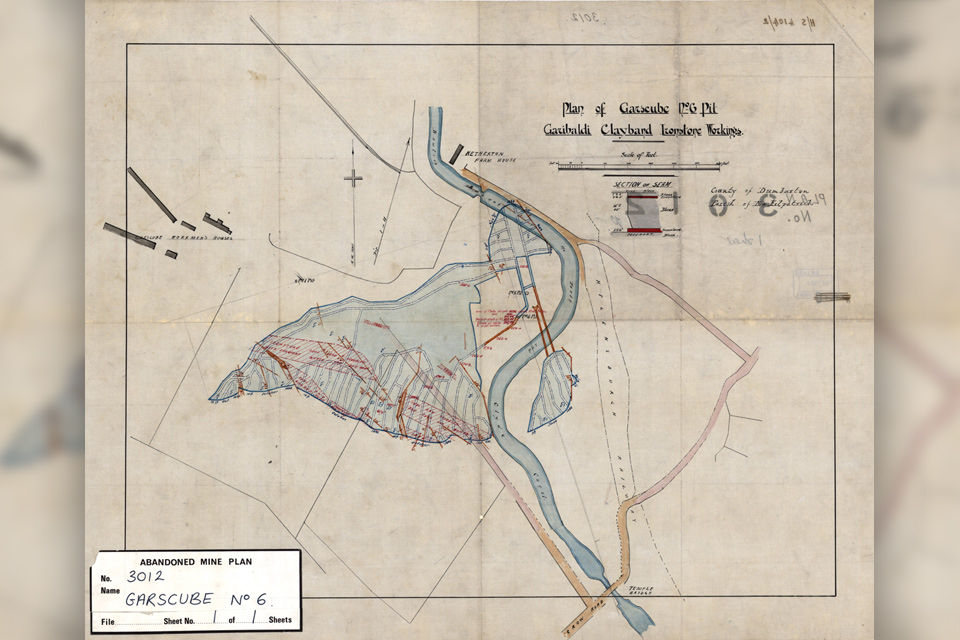
Release of over 500 Scottish abandoned-mine plans
24/06/2025
The historical plans cover non-coal mines that were abandoned pre-1980 and are available through BGS’s plans viewer.
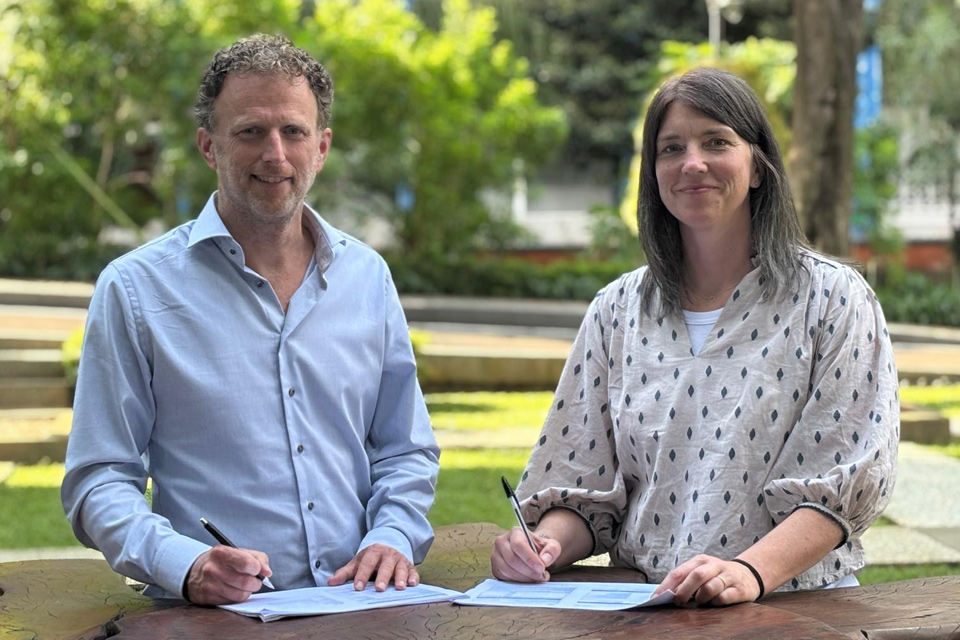
New collaboration aims to improve availability of real-time hazard impact data
19/06/2025
BGS has signed a memorandum of understanding with FloodTags to collaborate on the use of large language models to improve real-time monitoring of geological hazards and their impacts.
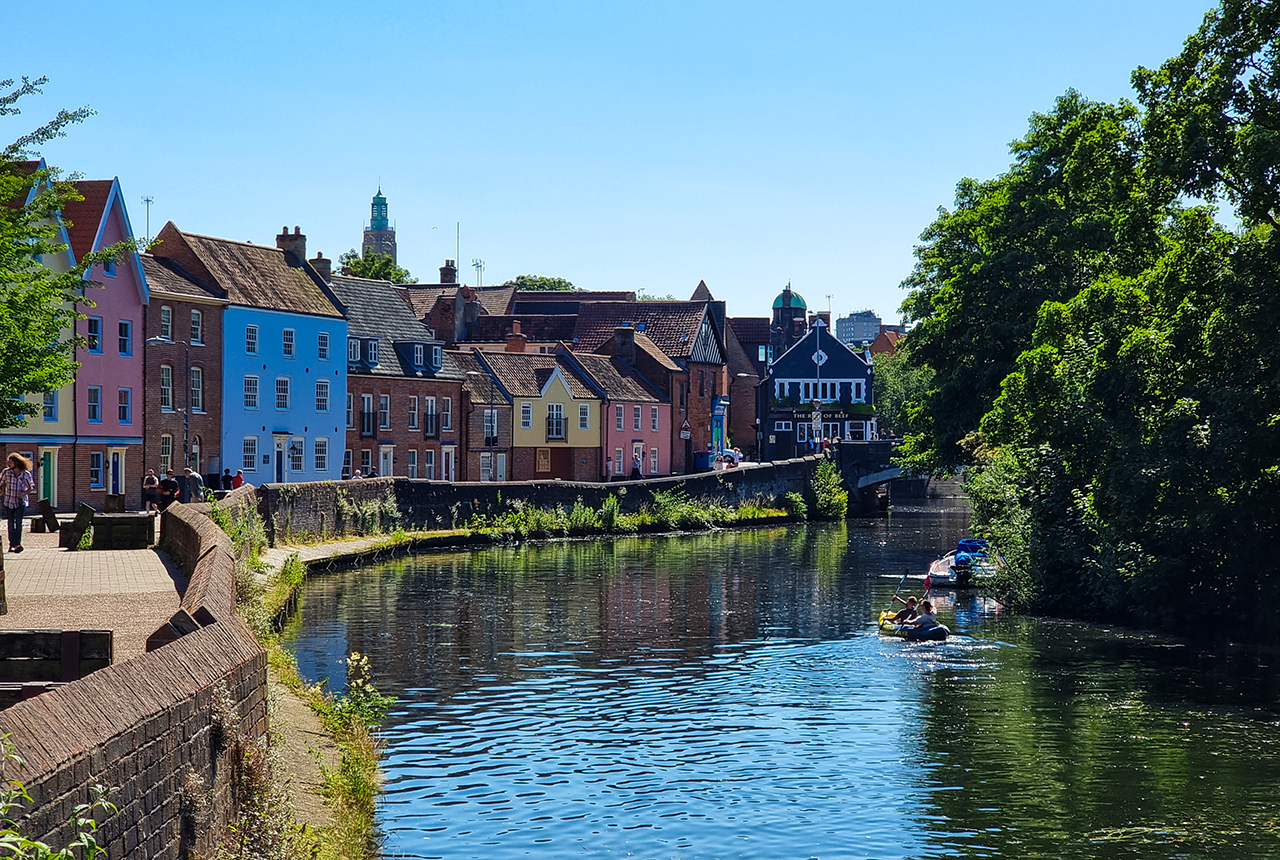
Modern pesticides found in UK rivers could pose risk to aquatic life
17/06/2025
New research shows that modern pesticides used in agriculture and veterinary medicines have been found for the first time in English rivers.
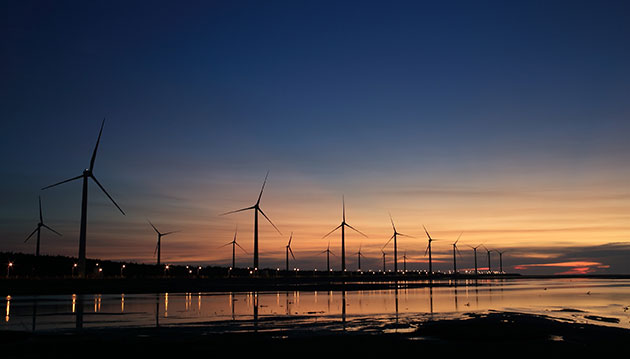
Goldilocks zones: ‘geological super regions’ set to drive annual £40 billion investment in jobs and economic growth
10/06/2025
Eight UK regions identified as ‘just right’ in terms of geological conditions to drive the country’s net zero energy ambitions.
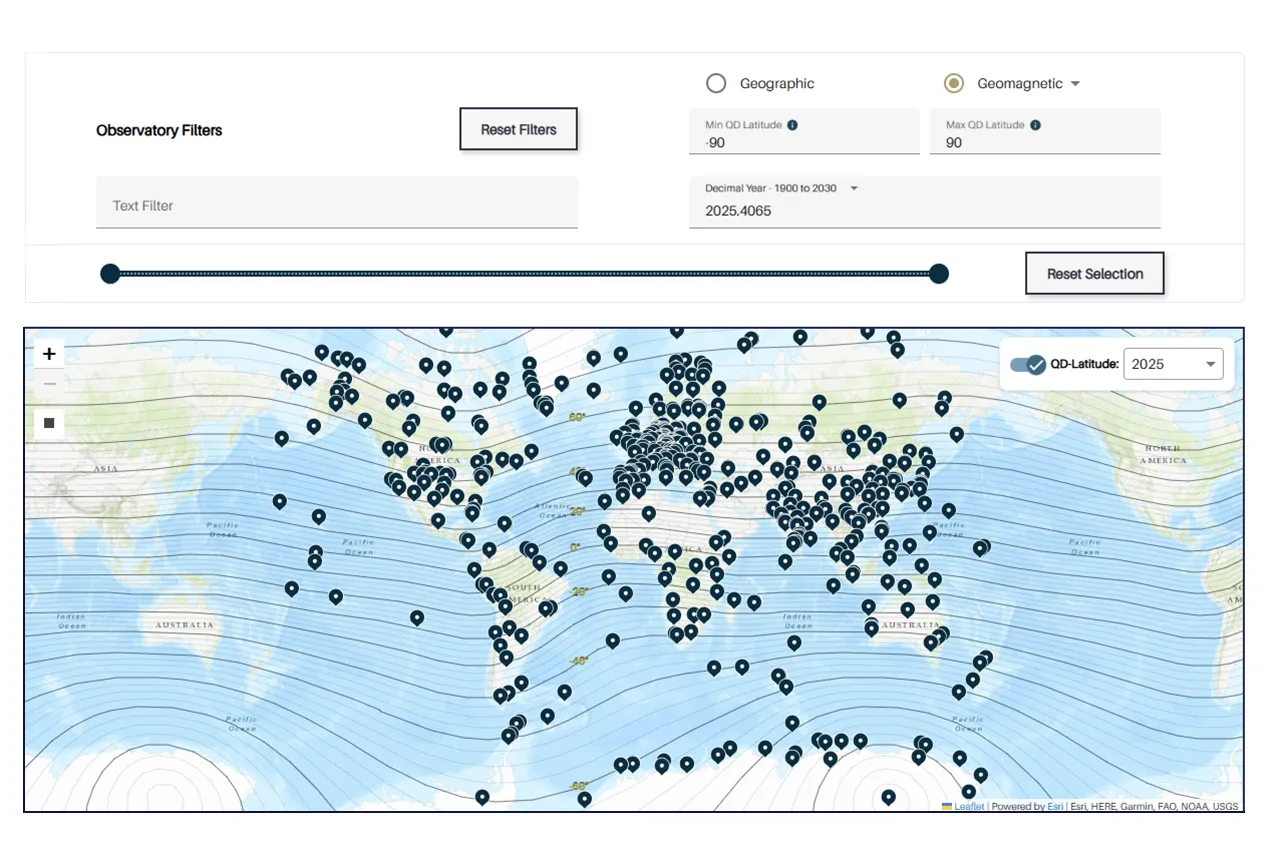
Upgraded web portal improves access to geomagnetism data
02/06/2025
BGS’s geomagnetism portal, which holds data for over 570 observatories across the world, has received a significant update.
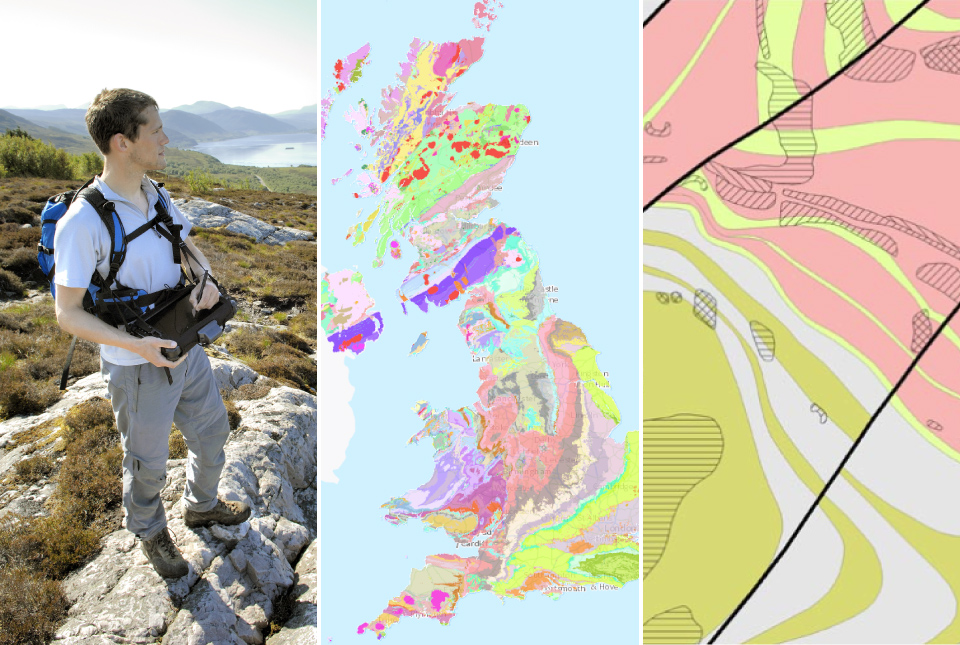
BGS digital geology maps: we want your feedback
29/05/2025
BGS is asking for user feedback on its digital geological map datasets to improve data content and delivery.
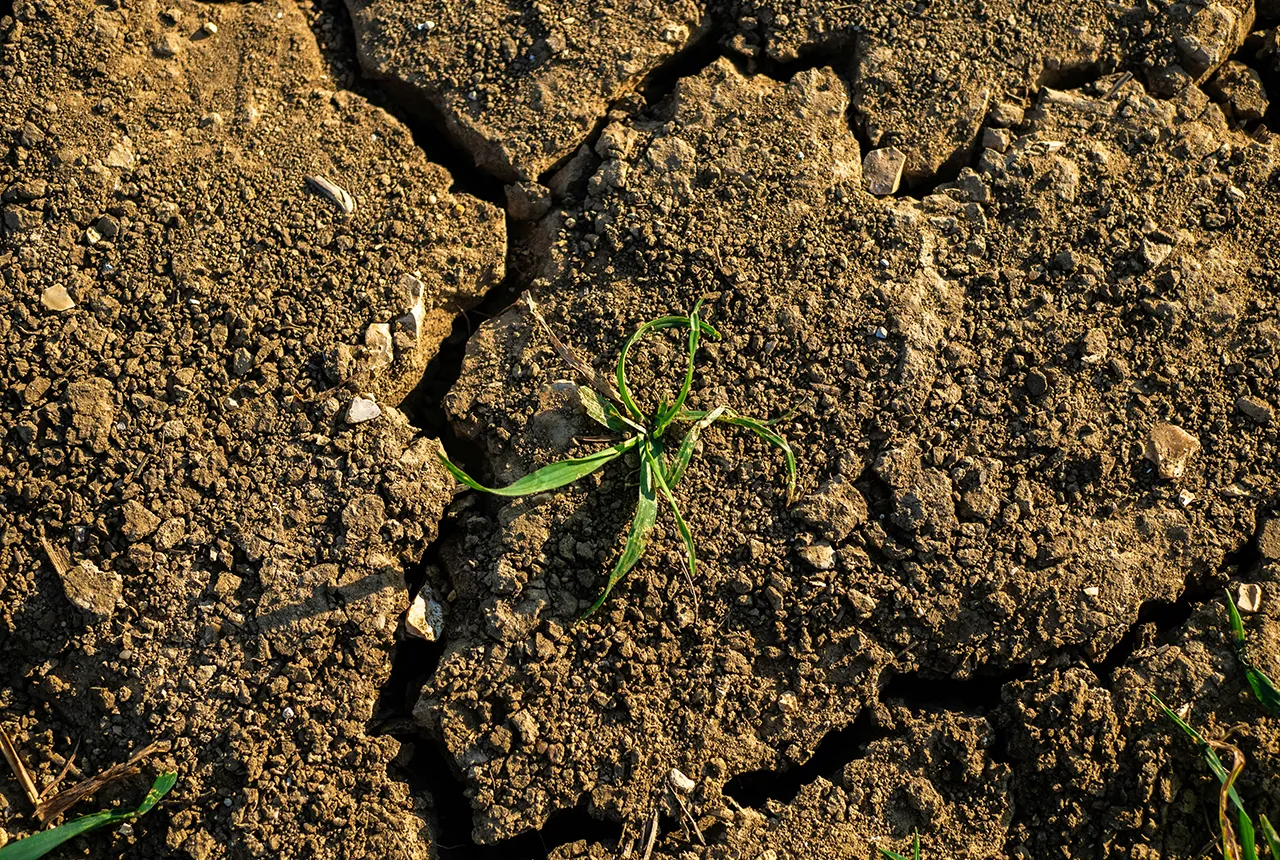
What is the impact of drought on temperate soils?
22/05/2025
A new BGS review pulls together key information on the impact of drought on temperate soils and the further research needed to fully understand it.
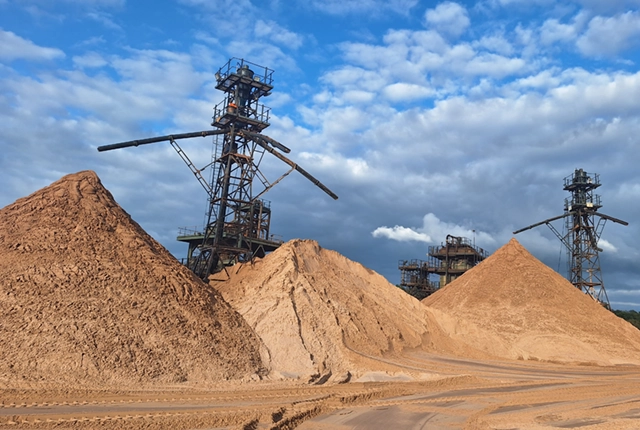
UK Minerals Yearbook 2024 released
21/05/2025
The annual publication provides essential information about the production, consumption and trade of UK minerals up to 2024.
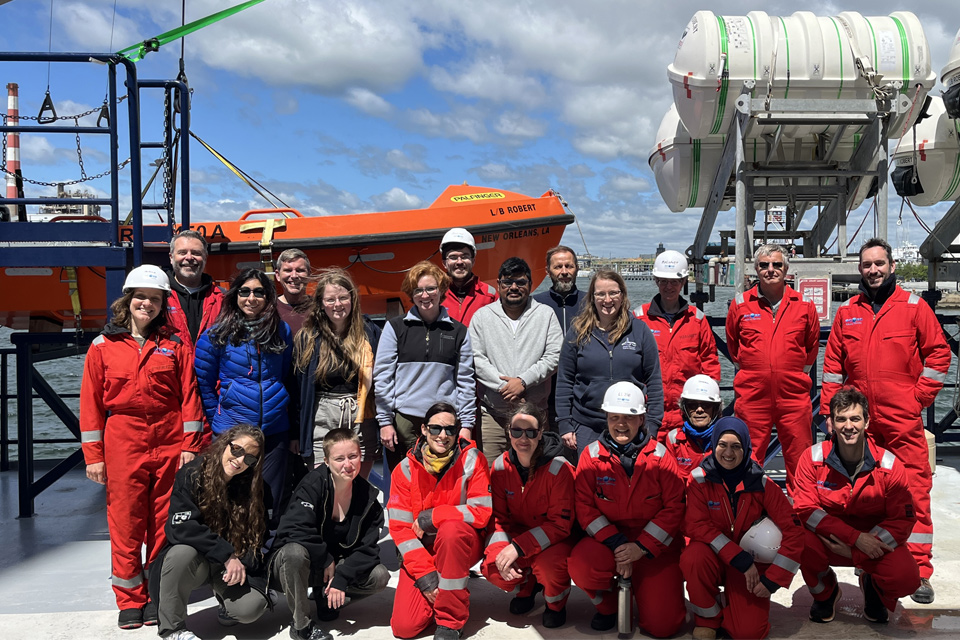
BGS scientists join international expedition off the coast of New England
20/05/2025
Latest IODP research project investigates freshened water under the ocean floor.
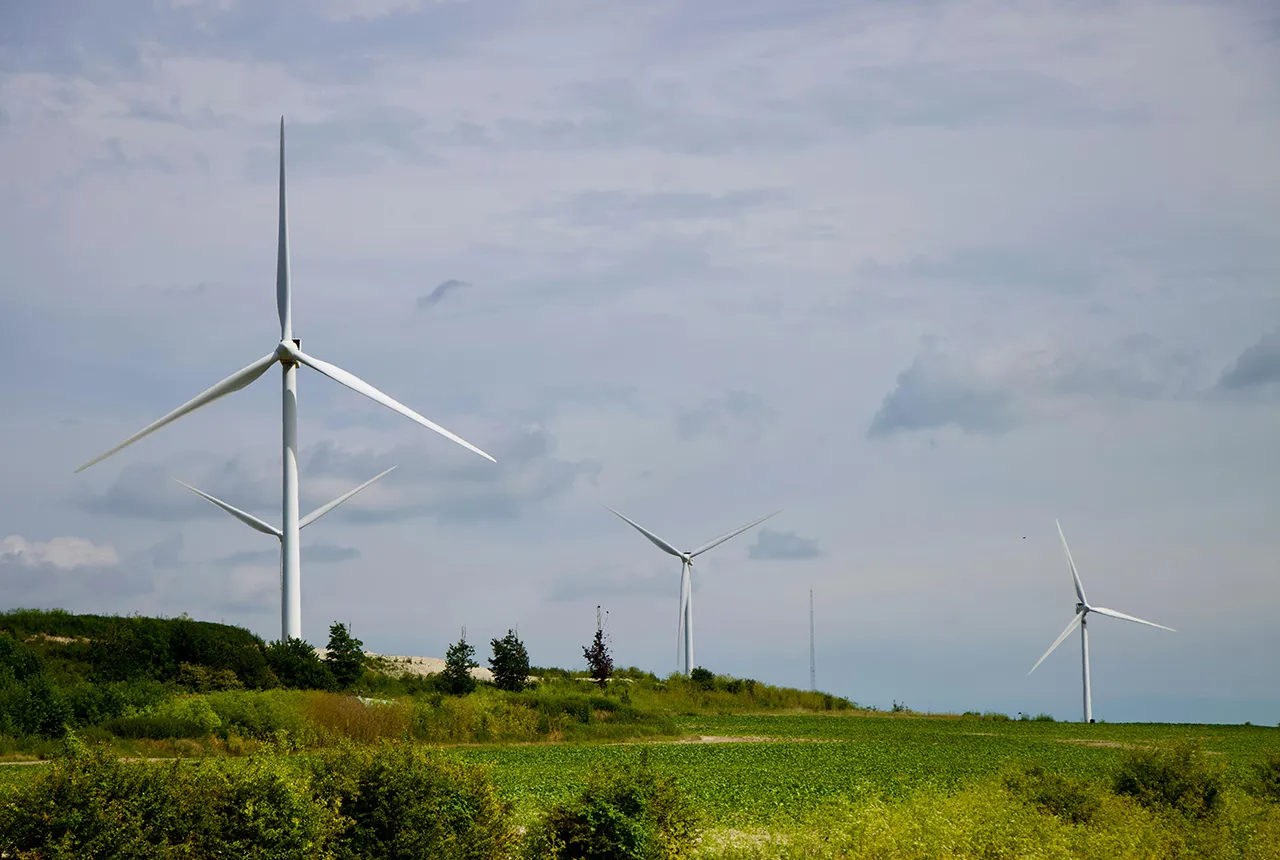
New interactive map viewer reveals growing capacity and rare earth element content of UK wind farms
16/05/2025
BGS’s new tool highlights the development of wind energy installations over time, along with their magnet and rare earth content.

UKRI announce new Chair of the BGS Board
01/05/2025
Prof Paul Monks CB will step into the role later this year.


